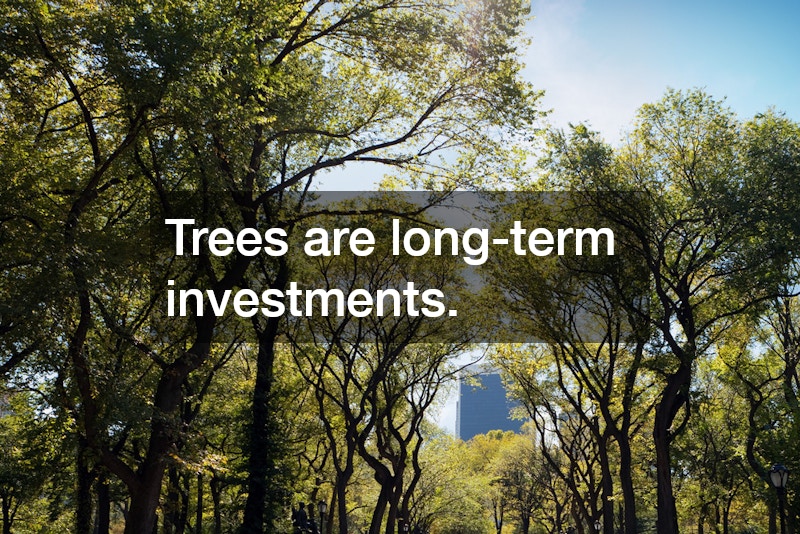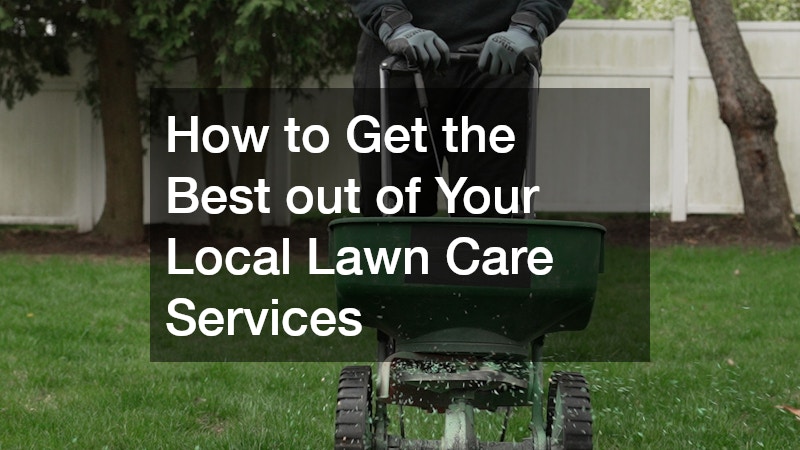Trees are a vital part of any landscape, offering beauty, shade and ecological value. However, maintaining healthy, structurally sound trees requires more than casual care. When trees need expert attention—be it pruning, removal or disease management—it’s time to bring in a professional. Selecting the right person for the job can significantly affect the safety, outcome, and long-term health of your trees.
This guide outlines key factors to consider when choosing a qualified tree professional, helping you make an informed, confident decision.
The Role of a Tree Professional
An arborist is a trained specialist in the care, maintenance, and assessment of trees, shrubs and other perennial plants. Their role goes far beyond trimming branches.
They understand tree biology, soil conditions, pruning methods and risk management.
A trained expert can spot issues the untrained eye may miss. This helps ensure your tree concerns are handled correctly and the safety of your home, family and surroundings is not compromised. Always seek someone with recognised qualifications and a strong reputation for professionalism.
Check Qualifications and Certification
In Australia, the arboriculture industry follows established standards to ensure best practices. A credible arborist should hold at least a Certificate III in Arboriculture. Higher qualifications—such as a Diploma of Arboriculture—indicate more advanced expertise, particularly in technical or complex situations.
Check if the professional is a member of industry bodies such as Arboriculture Australia or the International Society of Arboriculture. Memberships show a commitment to ongoing education and ethical standards.
These credentials reflect more than just formal education—they signal dedication to safe, informed and professional work. Always ask to see proof of qualifications.
Confirm Insurance and Safety Procedures
Tree work carries inherent risks to people and property. The contractor must have current public liability insurance, ideally with coverage of at least $10 million. If they employ others, workers’ compensation insurance is also essential.
Professional operators will explain their safety protocols, carry out site risk assessments, and use proper protective gear. If you’re unsure, ask about their processes—responsible providers will be transparent.
Look for Experience and Local Knowledge
Experience plays a crucial role in arboriculture. An experienced professional knows how different species respond to treatment, how to manage pests and what local challenges may affect your trees.
Local knowledge matters. Soil types, native species and council regulations vary by region. Ask how long the arborist has operated in your area and what types of projects they’ve completed. While newer businesses can still be competent, extensive experience usually leads to more reliable results—especially with mature or heritage-listed trees.
Ask for a Written Quote and Defined Scope
Before any work begins, request a detailed, written quote. It should break down costs for labour, equipment, debris removal, and any optional services such as stump grinding. A well-prepared quote will also clarify the scope of work, expected timelines and any potential risks.
Avoid verbal agreements or vague pricing. A written estimate helps prevent misunderstandings and allows you to compare providers fairly. Be cautious of unusually low quotes, which may indicate unsafe practices or inadequate insurance.
Seek References and Read Reviews
Feedback from previous clients offers valuable insights. Look for reviews that mention punctuality, workmanship, communication and cleanliness. Reputable providers should be willing to supply recent references or case studies.
Check platforms such as Google Reviews, social media, or local forums to verify feedback. You can also ask neighbours or friends if they’ve used similar services—word of mouth is often more reliable than online testimonials alone.
Assess Communication and Customer Service
Good communication is a key indicator of professionalism. Prompt replies, clear explanations and respectful interactions show that the contractor takes their role seriously and values customer satisfaction.
From the first contact to final cleanup, strong communication helps ensure your needs are met, expectations are clear, and trust is maintained. If the local tree service contractor seems evasive or dismissive early on, consider other options.
Understand Council Requirements
Local councils often regulate tree work, especially when it involves protected or significant species. Before starting, check whether a permit is required. A knowledgeable arborist will often be familiar with local council rules and may assist with applications or provide supporting documents.
Ignoring these requirements can lead to fines or legal issues, so it’s worth confirming before any work begins.
Choosing the right person for tree care affects not just the immediate outcome but also the long-term health of your landscape. By verifying qualifications, insurance, experience and communication, you can confidently hire a professional who will protect both your trees and your property.
Trees are long-term assets. With proper care from the right arborist, they can thrive for decades, adding beauty and value to your home.



